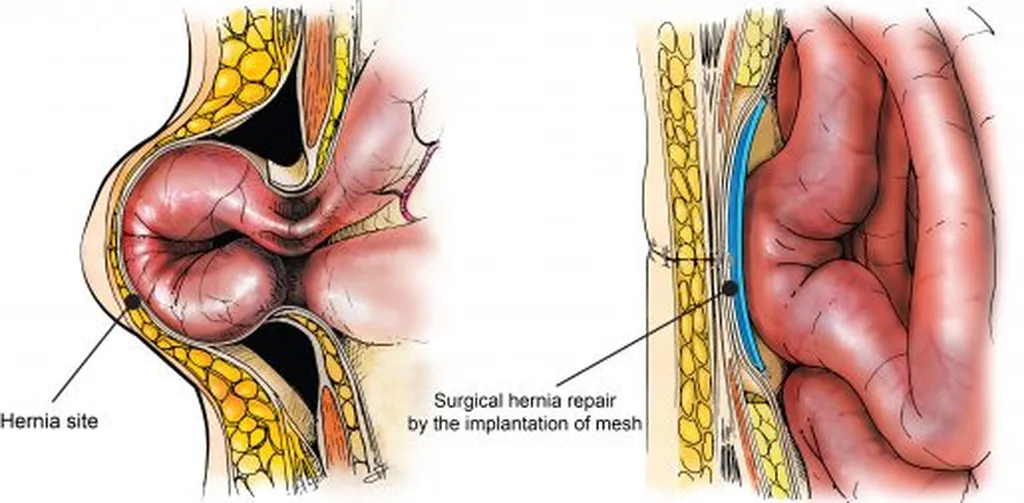In the realm of medical technology, a groundbreaking study led by Abhishek Barwar from the Department of Mechanical Engineering at BITS Pilani, India, is set to revolutionize the way we approach hernia repairs. The research, published in the journal Exploration of BioMat-X (which translates to Exploration of Biomaterials-X), delves into the world of 3D-printed hernia mesh implants, focusing on their conformability and sensing capabilities.
The study introduces a novel approach to hernia mesh implants using polyvinylidene fluoride-hydroxyapatite-chitosan (PVDF-HAP-CS) composite materials. These implants are designed with a unique conformal shape, allowing them to better fit the contours of the human body. But what truly sets this research apart is the integration of implantable sensors into these mesh implants.
Barwar and his team utilized a microstrip patch antenna (MPA)-based sensor, experimenting with two different materials for the conducting plane: 17-4 precipitate hardened (PH) stainless steel (SS), a biocompatible material, and Cu alloy, a non-biocompatible material. The sensors were designed and tested using high-frequency structure simulator (HFSS) software.
The results were promising. The 17-4PH SS-based sensor showed a decrease in resonant frequency and an increase in gain, with a specific absorption rate (SAR) value of 1.077 W/kg. The Cu alloy, on the other hand, showed an increase in resonant frequency up to a 30° conformal angle, after which it began to decrease, with a gain of 3.24 dB and a SAR value of 1.238 W/kg.
Barwar explains, “The simulation-based comparison of the biosensors with conducting elements 17-4PH SS and Cu alloy for different conformal angles indicates that the 17-4PH SS shows promising results over Cu in terms of higher gain and low SAR value with the resonant frequency lying in the industry scientific and medical (ISM) band.”
The in-vitro study further highlighted that both materials possess a low corrosion rate, making them suitable for long-term use in the human body. The 17-4PH SS, in particular, showed a corrosion rate of approximately 5.1 × 10–8 mm/year, making it a strong candidate for the fabrication of hernia mesh implants.
This research could have significant implications for the medical field, particularly in the area of hernia repair. The use of 3D-printed, conformal hernia mesh implants with integrated sensors could lead to more precise and effective treatments, improving patient outcomes and reducing recovery times.
Moreover, the potential for commercialization is substantial. The energy sector, in particular, could benefit from this technology. As Barwar notes, “The capability to be used as 3D-printed hernia mesh implant may open new avenues for the energy sector, particularly in the development of advanced medical devices and implants.”
The study published in Exploration of BioMat-X marks a significant step forward in the field of medical technology. As we continue to explore the possibilities of 3D printing and composite materials, the future of hernia repair, and indeed the entire medical field, looks brighter than ever.

